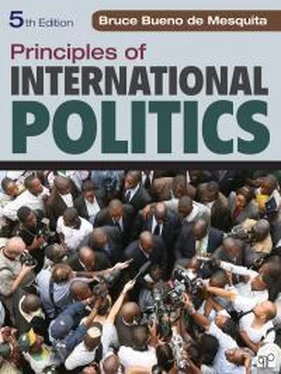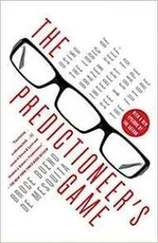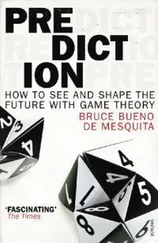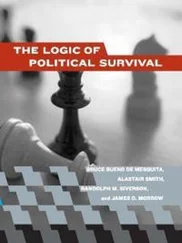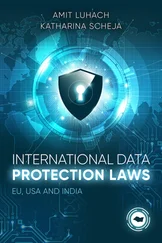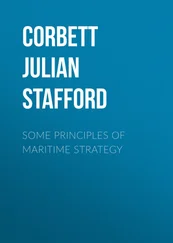5.3 European Great Power Alliance Commitments, 1989
5.4 Stability of International Systems
5.5 The Power Transition Power Triangle
5.6 Power Transition Theory and the Likelihood of War
6.1 An Audience Costs Crisis Escalation Game
6.2 Military Expenditure, Regime Type, and Duration of War
6.3 Case Study of War Effort: Per Capita Military Expenditures in the First World War
9.1 Coalition Size in 2004 and Per Capita Income in 2009
9.2 Respect for Human Rights and Coalition Size
10.1 The Production Possibility Frontiers: Portugal and England
10.2 Marginal Costs and Gains
10.3 Supply and Demand
10.4 Supply and Demand with Tax or Tariff
11.1 Japanese Yen to Dollar Exchange Rate: 1971–2012
11.2 US Dollar Gold Exchange Rate: 1945–2011
11.3 Euro-US Dollar Exchange Rate: 2000–2012
12.1 A Natural Experiment: Election to the UN Security Council
12.2 Incumbent Strategies to Avoid Rebellion
12.3 To Revolt or Not to Revolt?
12.4 Leader Incentives to Contract Public Goods and Increase Private Goods Allocations as Labor-Free Sources of Revenue Increase
13.1 Negotiating with Terrorists: Problems and Prospects
13.2a National Resources Supporting Alternative Antigovernment Policies before a Deal is Struck
13.2b National Resources Supporting Alternative Antigovernment Policies after a Deal is Struck
14.1 Expectations of Difficulty of Victory and Level of Effort to Win
14.2 Coalition Size, War Effort, and Postwar Demobilization
14.3 All Democratic Interveners Foster the Symbolic Trappings of Democracy in Target States
Preface
Iam most excited about the fifth edition of Principles of International Politics as it represents the fulfillment of my dream to provide a readily understood, better way to study and practice international politics. This edition provides a holistic investigation of international affairs, completely reorganized, rewritten, filled with up-to-date examples—ranging from the Arab Spring to the latest efforts to solve global warming—and even with new main themes— War, Peace, and World Order —intended to emphasize the breadth of its theoretical perspective. It provides a focused approach that develops the logic and evidence behind international security concerns (war), international political economy concerns (peace) and interest in improving the quality of people’s lives around the world (world order)—always tying these issues back to the way in which domestic political interests and divisions shape what happens in international affairs. This edition provides a detailed look at how international organizations work and a new chapter to examine the problems and prospects in achieving significant progress on global climate change through global international agreements. It also offers a careful, new evaluation of international law and domestic political interests and how they influence respect for human rights, as well as exploring central issues, especially globalization and its ties to domestic politics, and how these concerns shape global trade in goods, services and money. I also offer a close look at foreign aid policy; efforts to spread democracy and to stymie terrorism; and how, in each case, domestic politics create unintended and undesirable consequences.
The book’s changes are the consequence of advances in our knowledge coupled with the incorporation of the thoughtful feedback that many of you who have taught from or studied from this book have offered me. Because of your insights, this new edition is not merely a rearrangement and update of material. It has been rewritten from the ground up. It is, in essence, a nontechnical explanation of the selectorate theory and contending alternative theories as applied to all aspects of international affairs, examining in each case the strengths and weaknesses of approaches ranging from realism and its offshoots to constructivism and associated ideas. More so than any other introductory international relations text, this volume emphasizes how intertwined and inseparable domestic and international politics are. It shows that so many standard ideas, such as the importance of the balance of power or the benefit of global agreements, are overrated and lead to bad policy decisions. I believe we now know enough and have amassed sufficient evidence and compelling logic to conclude that we can safely move beyond structural theories and much received wisdom to examine what is actually consistent with logic and with the current state of evidence. This book strives vigorously to do just that while keeping the explanation of logic and evidence easy to follow and exciting to probe and discuss in class.
The great attraction in writing this textbook is that through its pages I gain the opportunity to give students their first exposure to international affairs and to shape how they think about international events for the rest of their lives. Today’s students are our future leaders in government, business, and academia and so must be well informed not only about the facts of history but also about ideas that will guide their thinking. I have tried to present students with a view of international relations grounded in the scientific method, anchored in history and current events, and focused on a unified theoretical theme. I hope instructors will steer their students to the history appendix to be read in tandem with the introduction to the book. That way, students will begin to gain both an idea of how to think about international affairs and a common grounding in the essential trends and developments in history over the past 500 years right up to the present day. It is, after all, ideas and history that shape today’s international environment.
I have used theory to explore important policy questions and to challenge intuition. Through chapter-opening, entertaining quizzes focused on surprising insights and through serious, probing evaluations of critical issues, the fifth edition urges all of us to rely on logic and evidence rather than opinion or personal predilections in forming and evaluating foreign policy.
International relations too often are studied as if they were divorced from daily politics or as a scattershot sampling of competing ideas and conjectures. It frequently is presented as a mysterious subject that depends on wisdom without the assistance of science, rather than as a subject amenable to the scientific method. And all too often it is treated as if events were unpredictable when they can be predicted and explained through the judicious application of analytic tools, logic, and empirical rigor. This book gives students those tools and logic.
THE APPROACH
Principles of International Politics is unique in its theoretical focus across every aspect of international relations; its attention to logical, empirical, and analytic rigor; and its historical sweep. Central among my convictions is that international politics is a product of the normal pulls and tugs of domestic affairs and that leaders (not nations) make policy decisions and do so to maximize their prospects of staying in office. Their decisions, therefore, are strategic, taking into account expected responses by adversaries and supporters and designed to maximize the leader’s (not the state’s) welfare. I call this view the strategic perspective. The quest for personal political power guides policy choices, and the cumulative effect of policy choices gives rise to what we call the international system. Therefore, domestic politics, foreign policy, and international politics are inextricably linked. We cannot make sense of international relations without considering all three.
As the theoretical backbone, the strategic perspective—especially in its selectorate guise—is always at the core of each explanation and comparison within the book, whether I discuss contemporary terrorism, trade and currency policies, global warming, human rights abuses, or the emergence of the modern sovereign state during the High Middle Ages. At the outset, the fifth edition introduces Arrow’s impossibility theorem and implications from it to demonstrate why there either is no such thing as “the national interest” or, if there is, why we cannot know that we have correctly identified it. This new material alone represents one of the most important lessons a student can learn about why so many seemingly odd choices are made in international political life. But the fifth edition does much more. Building on the ideas behind Arrow’s theorem and related insights, I explain why terrible leaders who bankrupt their countries, steal foreign aid, and oppress their citizens persist in office for a long time, whereas leaders who provide peace and prosperity are frequently ousted. The empirical regularities known as the democratic peace are explained, as is the role of power in the initiation and escalation of disputes. The book explores at length trade sanctions; pressures for trade protectionism; the links of these sanctions and pressures to domestic political considerations; and issues of international law, international organizations, and the role that “We, the People” play in shaping foreign aid policies or nation building and their unfortunate consequences for many of the world’s poorest and most oppressed. I suggest why North Korea or Iran could sensibly oppose international pressures to abandon their nuclear programs and why a global problem, such as climate change, is not best solved through global solutions. Students learn why and how unwanted trade wars can occur and the conditions in which economic sanctions are likely to be effective or ineffective. I take them through a careful examination of globalization, with clear arguments about who the winners and losers are likely to be from free trade. I explore paths to war and peace, as well as questions about the functioning of international organizations, international law, and the promotion or abuse of human rights. Nation building, military intervention, and innumerable other topics are related to the volume’s theoretical framework.
Читать дальше
